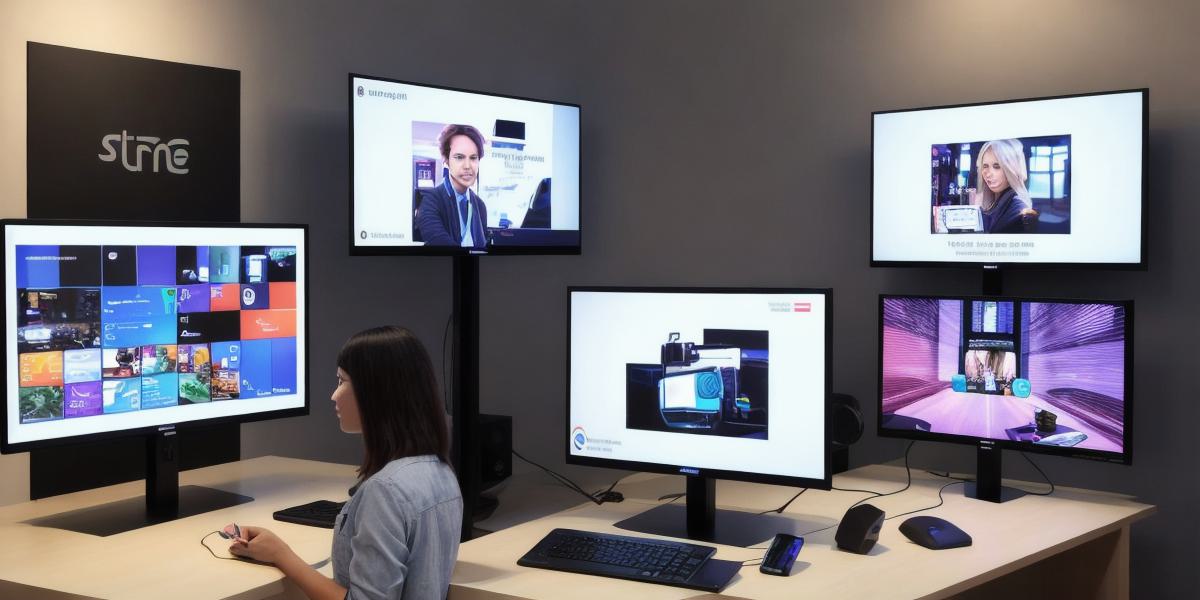Choosing the Right Unity Platform: 3D vs 2D Development

Are you a developer looking to create immersive and interactive experiences with Unity? With Unity, developers have the ability to create both 2D and 3D games, but which platform is right for your project? In this article, we’ll explore the key differences between Unity 2D and Unity 3D development and help you make an informed decision about which platform is best for your needs.
Unity 2D Development: The Pros and Cons
There are a number of reasons why developers may choose to create 2D games with Unity. For one, 2D games tend to be easier to develop than their 3D counterparts, requiring less time and resources. Additionally, 2D games can often be optimized for mobile devices, making them ideal for on-the-go gaming experiences.
However, there are also some downsides to consider when developing 2D games with Unity. For one, 2D graphics may not be as realistic or immersive as 3D graphics, which could limit the overall impact of your game. Additionally, many modern gamers expect high-quality graphics and sound effects in their games, so a lack of these features could make your 2D game feel outdated.
Unity 3D Development: The Pros and Cons
On the other hand, there are also a number of reasons why developers may choose to create 3D games with Unity. For one, 3D graphics are inherently more realistic and immersive than 2D graphics, which can help bring your game to life in a way that 2D games simply cannot. Additionally, 3D games can often incorporate more complex physics engines and animations, allowing for even more interactive and engaging experiences.
However, there are also some downsides to consider when developing 3D games with Unity. For one, 3D development tends to be much more time-consuming and resource-intensive than 2D development, which could make it difficult to create your game on a tight budget or timeline. Additionally, 3D graphics can be more demanding on hardware, which could limit the overall reach of your game.
Expert Opinions and Real-Life Examples
Many experts in the gaming industry agree that both Unity 2D and Unity 3D development have their own unique strengths and weaknesses. Ultimately, the best platform for a particular project will depend on a number of factors, including the desired level of realism, the target audience, and the overall budget and timeline for the project.
For example, a game developer looking to create a fast-paced action game with high-quality graphics and sound effects may choose Unity 3D development, while a game developer looking to create a casual mobile game on a tight budget may choose Unity 2D development.
FAQs
Q: What are the main differences between Unity 2D and Unity 3D development?
A: Unity 2D development is typically easier and more cost-effective, but offers less realistic graphics and limited interactivity. Unity 3D development is more complex and resource-intensive, but offers the ability to create highly immersive and interactive experiences with realistic graphics.
Q: What are some real-life examples of games created with Unity 2D development?
A: Some popular examples include Candy Crush Saga, Angry Birds, and Pizza Tycoon.
Q: What are some real-life examples of games created with Unity 3D development?
A: Some popular examples include Fortnite, Red Dead Redemption 2, and Godot.
Summary
In conclusion, choosing the right platform for your project is a critical decision that will have a significant impact on the success of your game. While both Unity 2D and Unity 3D development offer unique strengths








